For over a thousand years, Christians around the world pray the “Angelus.” Some people pray it every day, some pray it three times a day. This prayer calls to mind the mystery of the Incarnation and the importance of Christ becoming human. The title of the prayer comes from the first words describing this momentous event: “The angel of the Lord declared unto Mary and she conceived of the Holy Spirit.” This prayer is a daily reminder of Advent, Christmas and the joy that the birth of Christ brought to our world.
During the Easter Season, the Angelus is traditionally replaced by the “Regina Caeli” prayer. This is a hymn that is addressed to the Virgin Mary using her title as “Queen of Heaven” (in Latin, Regina Caeli). The words remind us that the Son of Mary, whose birth brought joy to the world, brings even more joy through the glory of His Resurrection. The end of the prayer specifically addresses the God “who gave joy to the world” through the mystery of the empty tomb. The final invocation prays that we, too, will experience a life that will never end.
The phrase “joy to the world” reminds me of Christmas, specifically the great Christian hymn with that title. “Joy to the World” was written in the early 18th century by Isaac Watts, a Methodist minister from England who based his poem on Psalm 98. The psalm tells us to “sing joyfully to the Lord, all you lands; break into song, sing praise (verse 4)!”
The song was not written to commemorate the birth of Jesus but the return of Christ at the end of time. Watts believed that the whole world, “heaven and nature,” should celebrate the triumphant return of the Lord with joy.
Since the Advent and Christmas Seasons are both a remembrance of the past and a hope for the future, the song easily fits the theme of the second coming of Christ. Over time, this idea became secondary, and the song is almost exclusively associated with the first coming of Christ in the little town of Bethlehem.
Something similar happened to the “Hallelujah Chorus” from Handel’s Messiah. This classic piece of music is actually about the Resurrection of Jesus. It was written to celebrate Easter Sunday. Today it is primarily linked to the Christmas Season.
All of this is a reminder that Christmas and Easter are always connected. The joy of the angel Gabriel, the joy of the heavenly hosts, the joy brought to the world at that first Christmas, finds its culmination at Easter. The “glad tidings” of Christmas are remembered precisely because we believe that the death of Jesus was not their end. Professor C. Kavin Rowe (Duke Divinity School) summarizes this when he wrote: “not only does Easter resurrect the promises of Christmas; it also transforms them” (“Why Christmas Needs Easter,” 2012).
During this Paschal Season, whatever prayers we pray or songs we play, I hope that we can all experience Easter tidings… tidings of comfort and joy... joy to the world!





